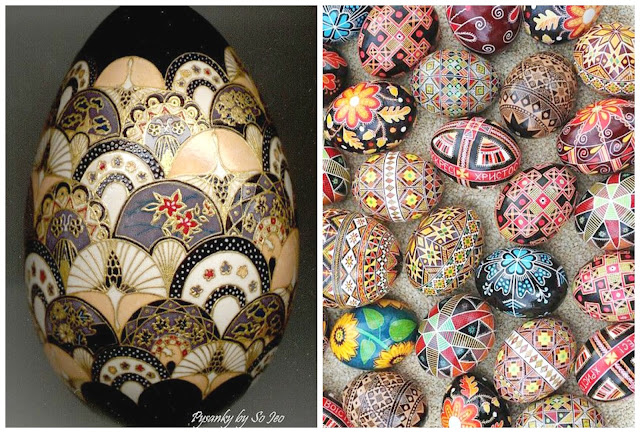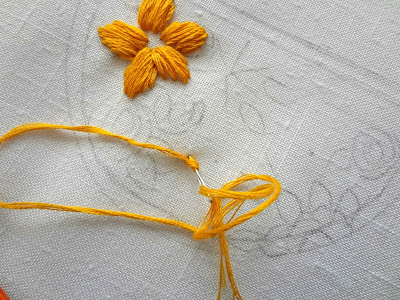Let's crochet a vibrant necklace today shall we?
To make the necklace you need three colors in sport yarn, 1.9 mm hook (hook #5 US), wooden beads (four 14 mm round magenta beads, four 8 mm round pink beads, three 6mm round magenta beads, six 1mm cylindrical magenta beads, four 3mm pink cubes.
There is an absolutely fantastic site I found where you can measure your beads. It's called the BeadsGalore.
You also need these crochet pieces.
Sharpen your hooks!
With color 1, chain 5 and join to make a ring.
Round 1: sc2 in each st in the round (10)
Round 2: sc1 around (10)
Round 3: Insert color 2 in back loop of the stitch and sc2 in each stitch in the back loop only (20)
Round 3: ch 3, sk a st., hdc in next. Repeat pattern in bold 3 times then ch 3, sk a st and sl st in the next st. Cut yarn, tie a knot and weave tail. This pattern is for the two small pieces.
For the central, big one, repeat the same pattern as above and continue with
Round 4: sc1 in all stitches around.
Round 5: Insert color 2 in back loop of the stitch and sc2 in each stitch in the back loop only (40).
Round 6: ch 3, sk1, dc1 in next st. Repeat pattern in bold 4 times then ch 3, sk a st and sl st in the next st. Cut yarn, tie a knot and weave tail.
The central piece is made. Next, take a strand of yarn, double it and insert the middle through the center of the crocheted piece, slip the other end through it and tighten it.
Add beads as shown in picture 14. Tie a knot to secure the strand. Skip a chain space both from left and right and string some beads at the sides (picture 15).
Cut a very long line (mine was about 1.5 m). At the upper left corner, insert yarn and chain 13 (pics 16/17).
Pull yarn so that you can bead the cubes and cylinders and on the other end, make a loop and start chaining again. Chain as long as you want your necklace to be.
Over the cubes and cylinders sew the small crochet pieces and bead the other set of beads (pic 23). Do the same for the other side.
Now for one of the sides make a loop and on the other sew a bead or a button and you are done.
Have fun!


















































































